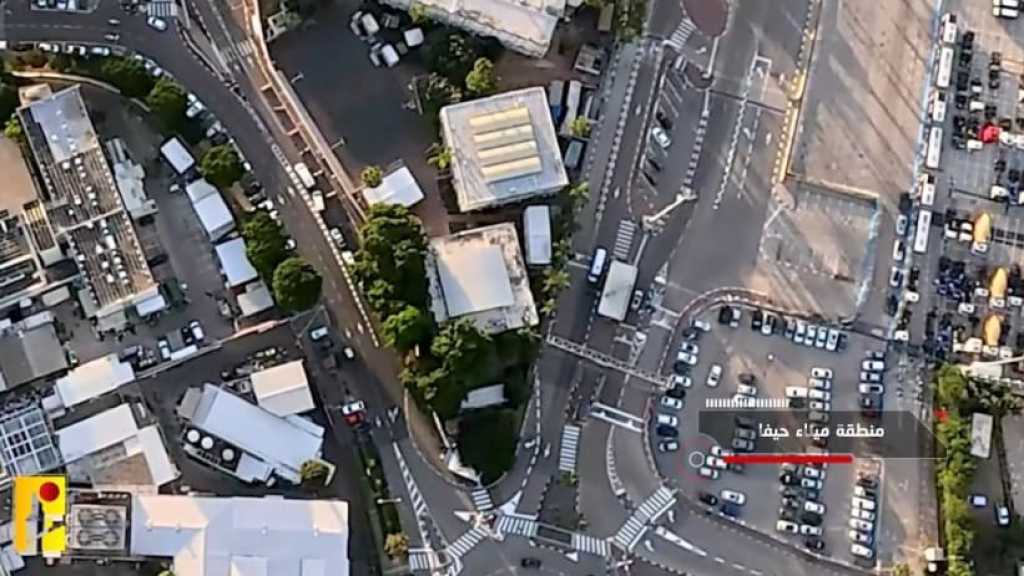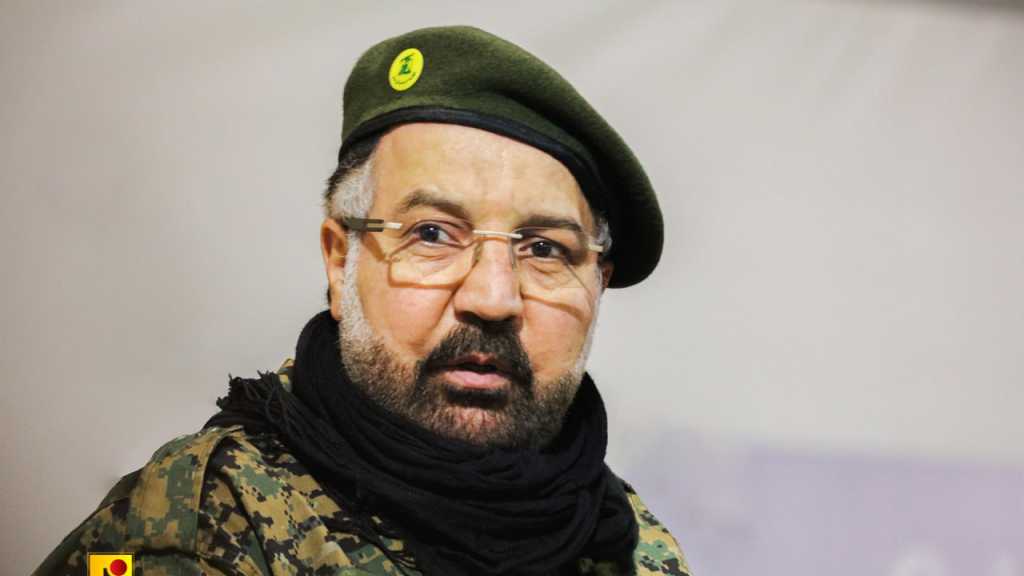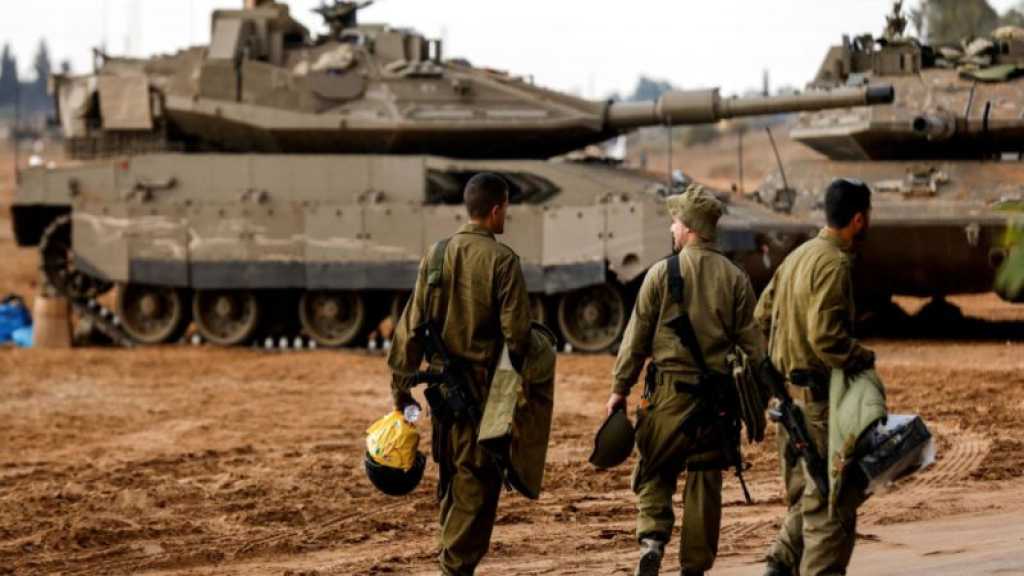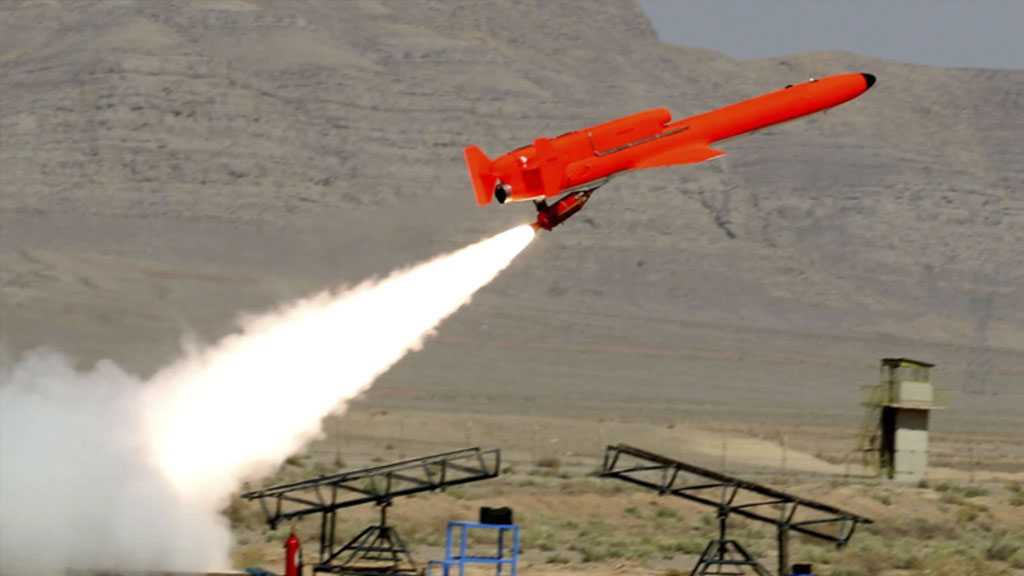’Israel’s’ Army Is Using ‘Civilians’ As Cover

By Hadi Ahmad, Al-Akhbar Newspaper
“Israeli” settlers fleeing incoming fire from the resistance the moment a war with Lebanon erupts do not have great chances of survival, especially those residing in the northern region. Conclusions reached during “Israeli” drills show that settlers will have between one minute and zero seconds to take cover in shelters. Meanwhile, map readings reveal that coordinates pinpointing “Israeli” military positions in the north (and beyond) are very similar to the coordinates of areas populated by ‘civilians’, which makes everyone a single target.
Do the “Israeli” ‘civilians’ know that their army, which presents itself in a ‘defensive’ capacity, has placed them in a situation where they will be equated to ‘military trenches’ in any future war with Lebanon? Aside from the formal drills and the plans and theories on paper, did the “Israeli” ‘civilians’ ask themselves what their first reaction would be when the first missile lands near them? What will they do? Where will they flee, if there was a possibility of an escape at all? They reside amidst military barracks and bases of the occupation army, in the Galilee area specifically. These are natural targets in any war. Hence, their army has automatically made them [the ‘civilians’] targets as well.
Data from the field, which quotes military leaders in the resistance, reveals that the “Israeli” army positions most of its military sites and barracks specifically in the northern area, in places adjacent to the ‘civilians’ there. These sites in the far north are distributed as follows: 63 specialized sites, 6 aerial defense sites, 12 sites for armored vehicles, 22 artillery sites and 94 infantry sites. The geographical distance between some of these outposts and the place where settlers live is a mere couple of hundred meters. But some of the nearer sites, of which there are many, have no distance between them and the ‘civilians’. For example, the distance between Al-Raheb site and the Shtula settlement is not more than 700 meters. Meanwhile, Camp Gibor is located in the heart of the Kiryat Shmona settlement (one of the largest settlements in the northern region). This means that the targeting of these sites by the resistance with short-range missiles (usually inaccurate) will put “Israeli” ‘civilians’ and military personnel in the same crosshairs.
This is a fait accompli, and it is believed that the “Israeli” leadership is well aware. However, despite the availability of options for the relocation of these military sites and moving them away from the settlers, the Northern Command has not resolved this crisis. It was recently preoccupied with internationalizing allegations against Hezbollah about the placement of missiles near civilians (2016 - 2018). Thus, “Israel” is accusing the party of what it is doing itself. The majority of the cities in occupied Palestine are living in this situation. The fundamental difference between Lebanon and “Israel” is that the latter possesses a conventional army and not a popular resistance.
Gaza changed the plan
Today there are new realities that the “Israelis” have not been accustomed to in any previous war. According to the conclusion of the intensive war games for “Israel’s” internal front (the Home Front Forces, the National Emergency Authority, local authorities and the security and rescue services participated in the drills alongside the ‘civilians’), "everyone must be prepare for more than 1,000 missiles a day targeting military sites and vital installations, in addition to a high probability of hitting residential complexes.”
The traditional plan usually entails that settlers, especially those in settlements near southern Lebanon, descend into fortified rooms in the same residential area or into a mass shelter, or flee to shelters in nearby settlements where they are housed until the end of the war. This is what happened before. But in 2011, it was different. Preparations were underway to transport all the settlers to “safe areas”. This change took place after Hezbollah Secretary General Sayyed Hassan Nasrallah threatened to seize control of the Galilee if the “Israeli” army attacked Lebanon. The idea was based on transporting the northern settlers to the Negev desert and placing them in "alternative cities". However, this plan was canceled after the aggression on Gaza in 2014, when the rockets of the Palestinian resistance reached Hadera (about 112 km). This means that the Negev desert is practically under the range of the resistance’s missiles in Gaza. The alternative became to transfer the residents of the Ras al-Shamal settlement to the Gush Dan area (the central region of Occupied Palestine, which is the most vital and includes Tel Aviv and its vicinity).
According to the same sources in the resistance, regarding the issue of military deployment in the northern region, and specifically in the Galilee, Tel Aviv focused on the tactical dimensions that are consistent with the ‘defense mission’, without taking into account the other party's ability to storm the area. As a result, military coordinates overlapped with the coordinates of ‘civilian’ areas.
It seems clear that the objective of “Israel’s” current military and ‘civilian’ position is to deprive Hezbollah’s military groups, even if they consist of one fighter, from the ability to raise the party’s flag on any military or residential unit. The former chief of staff of the “Israeli” enemy army, Gadi Eisenkot, recently spoke about "Hezbollah's plan to infiltrate between 5,000 to 6,000 of its members into “Israel” in order to effectively control the Galilee as a strategic step."
What about the supply routes that the enemy would employ in case of war? According to the information, the roads that the buses transporting the ‘civilians’ will take (in line with both the primary and the back up plans for evacuation) are the same roads currently used by ‘civilians’ since there are no special military roads except the border roads adjacent to southern Lebanon. No settler uses this road. The enemy still uses light military and sometimes armored vehicles to move between settlements. All this shows that there are no alternatives for the ‘civilians’.’ Therefore, the enemy will be caught between a rock and a hard place: confining civilians to areas under rocket attacks with the possibility of field incursions or evacuating them under missile and artillery strikes, making them as vulnerable as the army.
Contingency plan
Due to its aforementioned dilemma, the enemy appears to have prepared a "quick" contingency plan, which does not take more than 72 hours from beginning to end (from the moment the settlers are gathered to their arrival). The mechanism of implementation depends on harnessing the military and civilian efforts to evacuate all the settlers located at a maximum distance of 4 kilometers from the Lebanese border. This includes 64 settlements with 80,000 settlers, of which 22,000 are within a radius of one kilometer. All of them have zero seconds to take shelter from the first rockets. In short, no chance to escape.
It is noteworthy that the plan requires the use of military and civilian “Pullman” buses for transportation and cooperation with private companies. These will only be used to drive through those civilian roads. As for transport calls, they will be delivered via radio, television and SMS as well as via direct contact. The reason for this is the fear of cyber attacks and the breakdown of electricity and telecommunications networks in minutes. Accordingly, the Home Front (similar to a department for settlers affairs) acquired technological means that allows them to issue warnings before the rockets land within one kilometer square instead of directing residents of a city to rush to the shelters.
Before calling upon the aforementioned means of transportation, sirens would have already come on. This means that the settlers will apply what they had been trained to in terms of entering the shelters and fortified areas. They have a problem here, which are the short-range missiles. The Iron Dome system will have difficulty intercepting some of these missiles. “Israeli” forecasts indicate that 95 percent of the rockets in the next war will be of this kind.
“Israeli” settlers are on agreement with the aforementioned evacuation plan. The reason for their approval, according to statements, is that they know the Iron Dome will not protect them 100 percent, especially after it was tested with the rockets launched from Gaza years ago. At the time, the “Israelis” discovered that the error rate in that dome was 20 percent. The most important question remains: how will it work with Hezbollah’s rockets, which vary in quantity and quality, knowing that there is only one dome in the north? This system was placed precisely in Kiryat Shmona settlement, while other systems were deployed in larger numbers in the most vital areas within the entity. For all these reasons, the ‘civilians’ there agreed to this quick plan.
Another obstacle the “Israelis” will face is the ability to absorb the displacement from the north to the center in case the “Israeli” authorities were able to implement the plan accurately. That area will be able to accommodate some 80,000 escapees (those who now reside within 4 kilometers of the Lebanese border). They only represent more than 5 percent of the total population of the north, which is about one million and 300 thousand. The latter are expected to be under fire in less than a minute. This will lead to the expansion of the scope of evacuation to a distance of 25 kilometers and will include 570 settlements and 311 military locations, making the already difficult transportation operation more complicated. Therefore, these 80,000 will try to escape, while the rest will have to follow their previous plan which is to stay inside fortified rooms in traditional homes and shelters.
Escaping beyond Haifa
As the range of the attack extends beyond 25 kilometers, the same result will be repeated, but with greater fear. The distance will include sensitive and close military sites or even common sites, including vital civilian facilities such as the two seaports. It is worth mentioning that the total number of “Israeli” military positions in the north is 180, along with 13 airports and 65 posts. For example, the military port in Haifa, the largest city in the north of occupied Palestine, is located directly next to a civilian port. Thus, as is the case in the north, it will also be difficult to distinguish in the center between civilian and military targets due to the military installations there.
All this leads the enemy to describe Hezbollah as the "the most prominent strategic enemy", especially since the party expanded the scope of the challenge by including a missile that would reach as far south as the city of Eilat (Umm al-Rashrash). In addition, Hezbollah obtained quantitative high precision missiles that are highly capable of destroying targets (regardless of the status of short and medium-range missiles). Of course, the enemy does not miss the opportunity to find out that the party possesses a high operational launch capability, with unprecedented intensity of firing. All this will put the settlers in the north, both those who will remain in their place and those who will flee south, as well as the residents in the center and beyond, in the line of fire. But, most importantly, civilians are obsessed with the question: how will we escape the attacks?
Drills that frighten the settlers!
The recent “Israeli” military exercises worked on a set of assumptions that must be addressed in the coming war with Hezbollah, including the daily rocket attacks on most of the areas in occupied Palestine. Another assumption is that Hezbollah fighters will infiltrate the border settlements and seize control of one of them or one of the (military) positions along the borderline. Accordingly, it was decided to evacuate the settlements in case barrages of rockets were launched towards them and the roads were seized. These roads are expected to be overcrowded with army vehicles moving northward towards the front.
On the other hand, the Home Front Command monitored a number of complaints by the settlers regarding the evaluation of the drills. The complaints suggested that the exercises made them feel that the war was on their doorstep, in the absence of the Front Command’s openness with them and its silence. In addition, the number shelters are insufficient in a number of areas while in others they are not opened. The sirens cannot be heard sometimes.
The end of the military doctrine?
According to its paradigms, since its creation, the “Israeli” army aims to "defend the existence (of the entity), the safety, sovereignty and security of its citizens and thwart all efforts aimed at disrupting the proper way of life." It is an army built on a combat doctrine and depends on a defensive strategy with an offensive tactic. It has a set of key principles, the most important of which are: "countering the near and distant threats and providing appropriate responses to the conventional armies and guerrillas, with high maneuverability as well as great and precise firepower based on qualitative intelligence. There should also be an element of decisiveness and victory in joint ground and aerial maneuvers and the ability to be decisive by relying heavily on the offensive maneuver in which quick actions as well as preemptive and preventive strikes are taken.”
Today, in light of the distribution of “Israeli” military bases among the ‘civilians’ in the settlements, and the risk of subjecting the latter to missile fire in any future war, that doctrine has become mere talk. This doctrine no longer takes the responsibility to protect civilians as it should. From the way the troops and installations are deployed, it shows that it has taken civilians as human shields to provide protection for itself.
Comments




